Optimal Flea and Tick Treatment Timing

Early spring marks the beginning of flea and tick activity, making it an ideal time for preventive treatments.
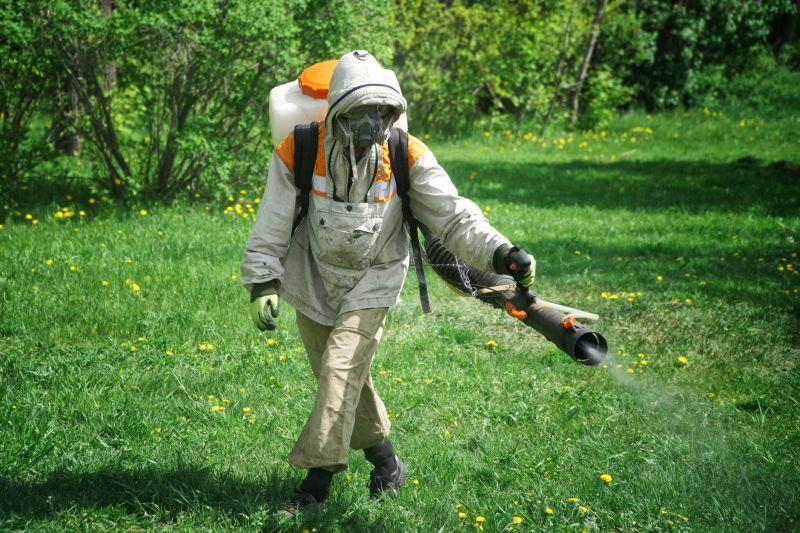
Peak flea and tick seasons occur during warm, humid months; treatments should be maintained consistently.
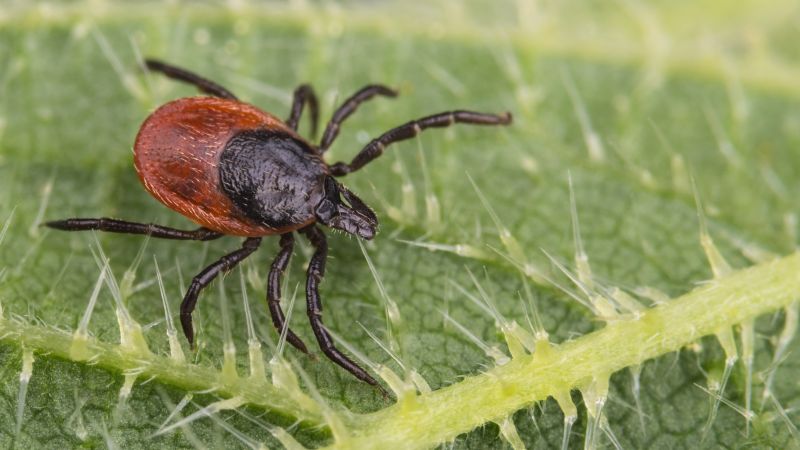
As temperatures drop, continued treatments help prevent late-season infestations.

Ways to make Flea And Tick Treatments work in tight or awkward layouts.
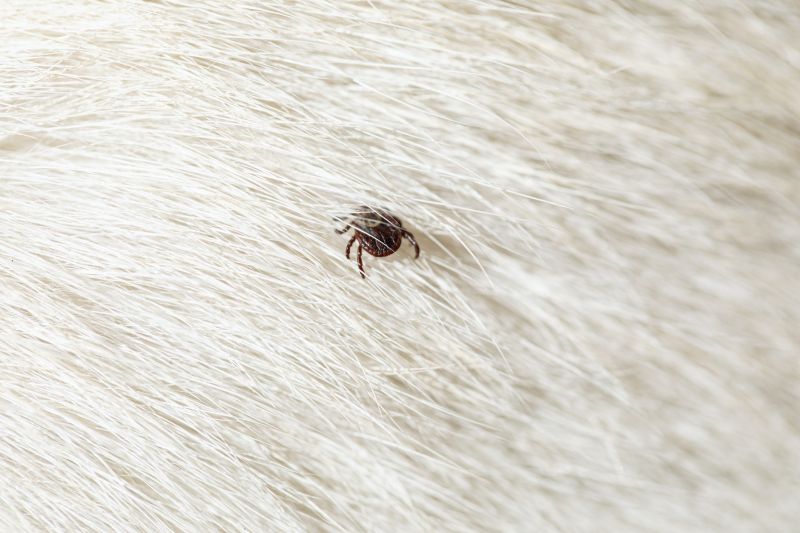
Popular materials for Flea And Tick Treatments and why they hold up over time.
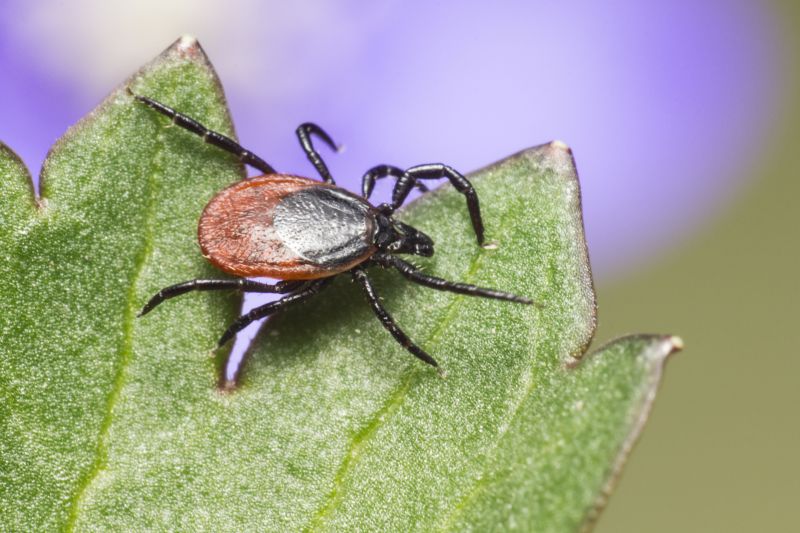
Simple add-ons that improve Flea And Tick Treatments without blowing the budget.

High-end options that actually feel worth it for Flea And Tick Treatments.
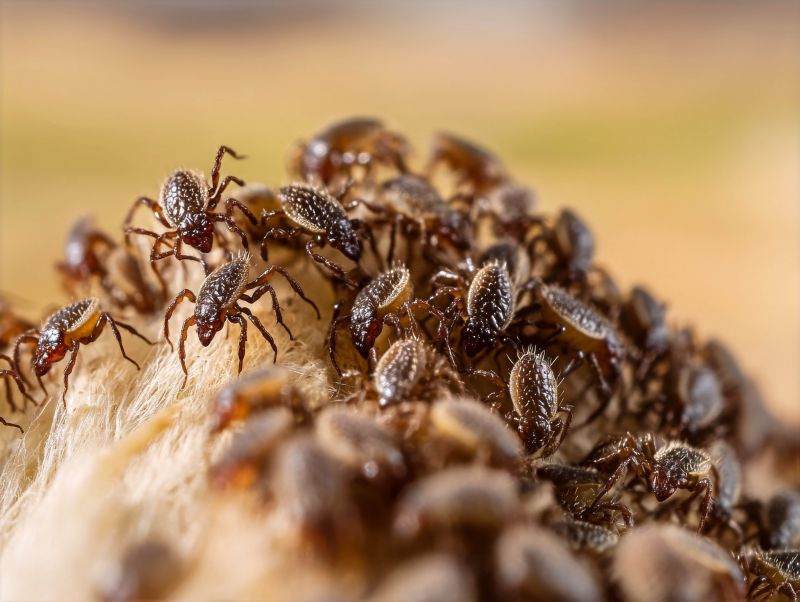
Finishes and colors that play nicely with Flea And Tick Treatments.
Understanding the life cycle helps determine the best times for treatments to interrupt pest development.
Flea and tick activity varies with seasons, often peaking during warmer months and declining in colder periods.
Warmer regions may require year-round treatments, while colder areas see seasonal fluctuations.
Consistent treatments and environmental control reduce the risk of infestations.
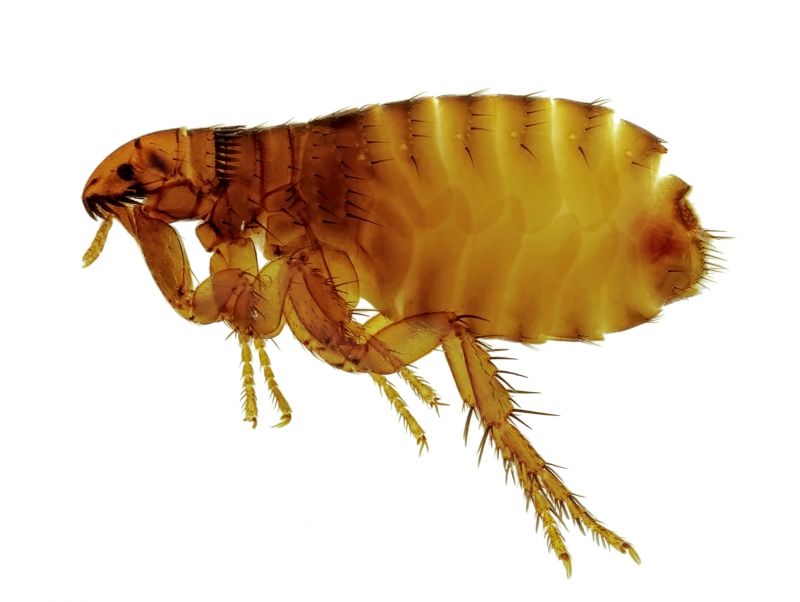
Applying topical treatments effectively targets fleas at various life stages.
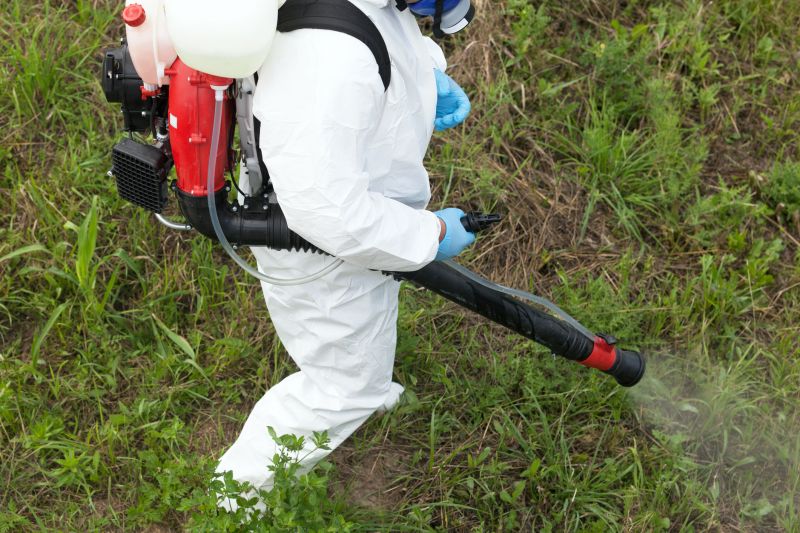
Using protective gear and repellents reduces tick attachment risk.

Cleaning and treating living areas minimizes pest habitats.

Maintaining lawns and outdoor spaces helps prevent pest proliferation.
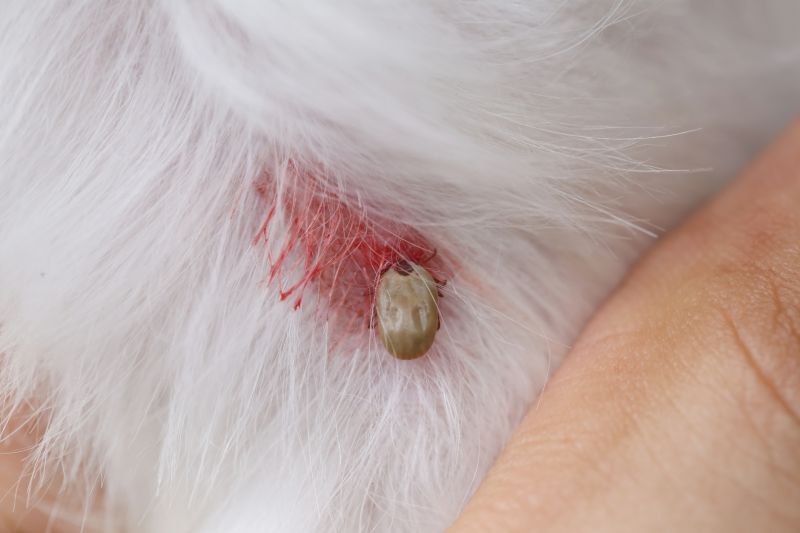
Collars provide ongoing protection when used correctly.
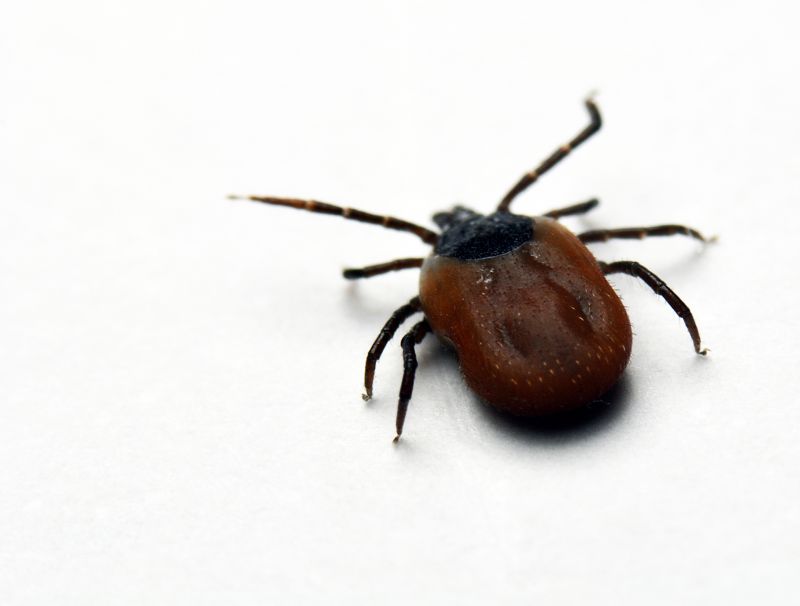
Professional advice ensures the right timing and products for treatments.
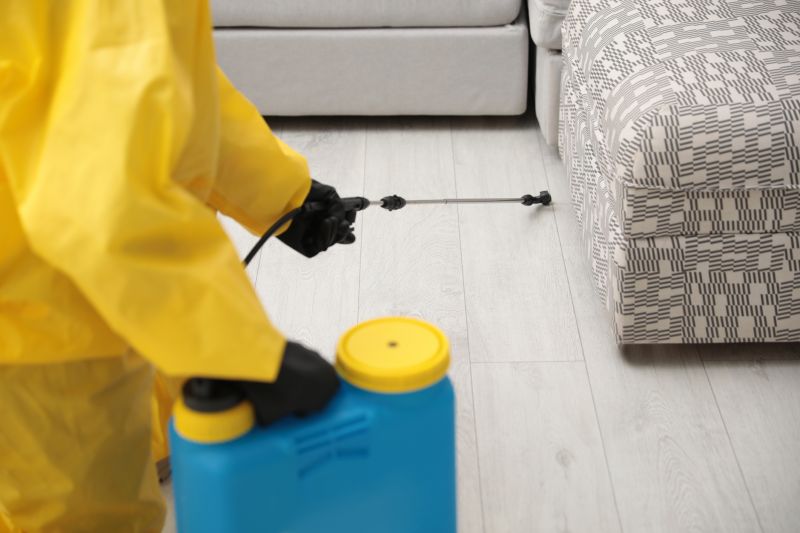
Tracking pest activity guides effective treatment scheduling.

Identifying early symptoms helps prevent severe infestations.
| Season | Recommended Treatment Timing |
|---|---|
| Spring | Begin preventive treatments early in the season. |
| Summer | Maintain regular treatments during peak activity. |
| Fall | Continue treatments to prevent late-season infestations. |
| Winter | In warmer climates, consider year-round treatments. |
| Regional Variations | Adjust timing based on local climate and pest activity. |
Effective flea and tick management involves understanding seasonal patterns and regional climate influences. Regular treatments aligned with pest activity peaks can significantly reduce the risk of infestations. Pet owners should monitor their animals for signs of pests and consult professionals to determine the optimal treatment schedule. Consistent application and environmental control are key to maintaining a pest-free environment.
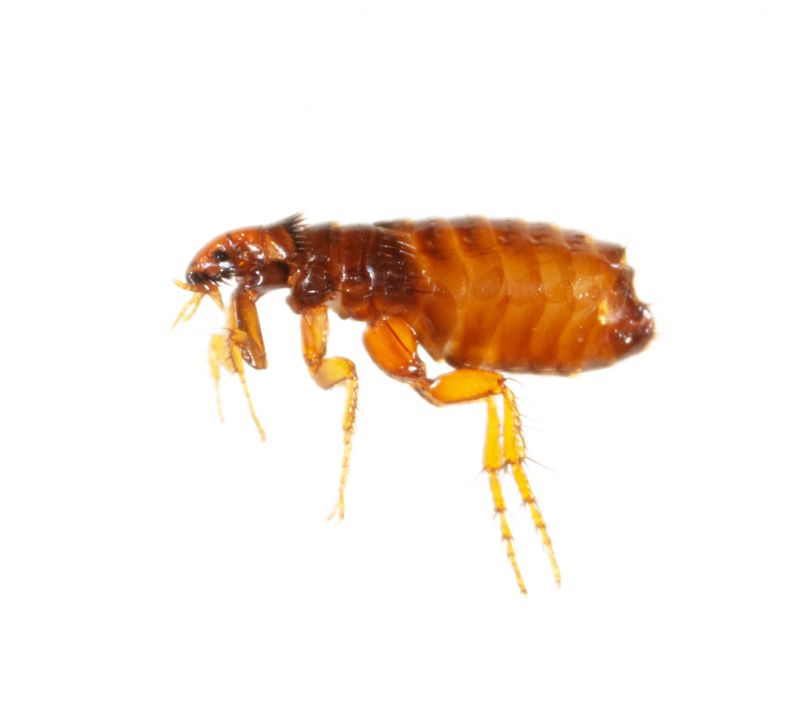
Various topical, oral, and collar options are available for pest control.

Repellents and protective gear help reduce tick attachment.

Sprays and yard treatments complement pet-focused solutions.
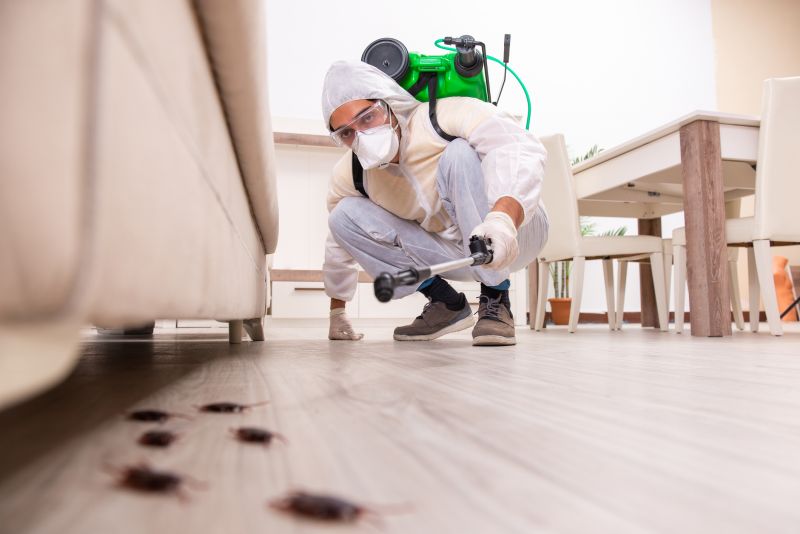
Proper grooming and hygiene support pest prevention.

Little measurements that prevent headaches on Flea And Tick Treatments day.

A 60-second routine that keeps Flea And Tick Treatments looking new.

A frequent mistake in Flea And Tick Treatments and how to dodge it.

Small tweaks to make Flea And Tick Treatments safer and easier to use.
For those interested in implementing flea and tick treatments, filling out the contact form can provide access to tailored advice and product recommendations. Proper timing and application are vital for effective pest management and pet health protection.
